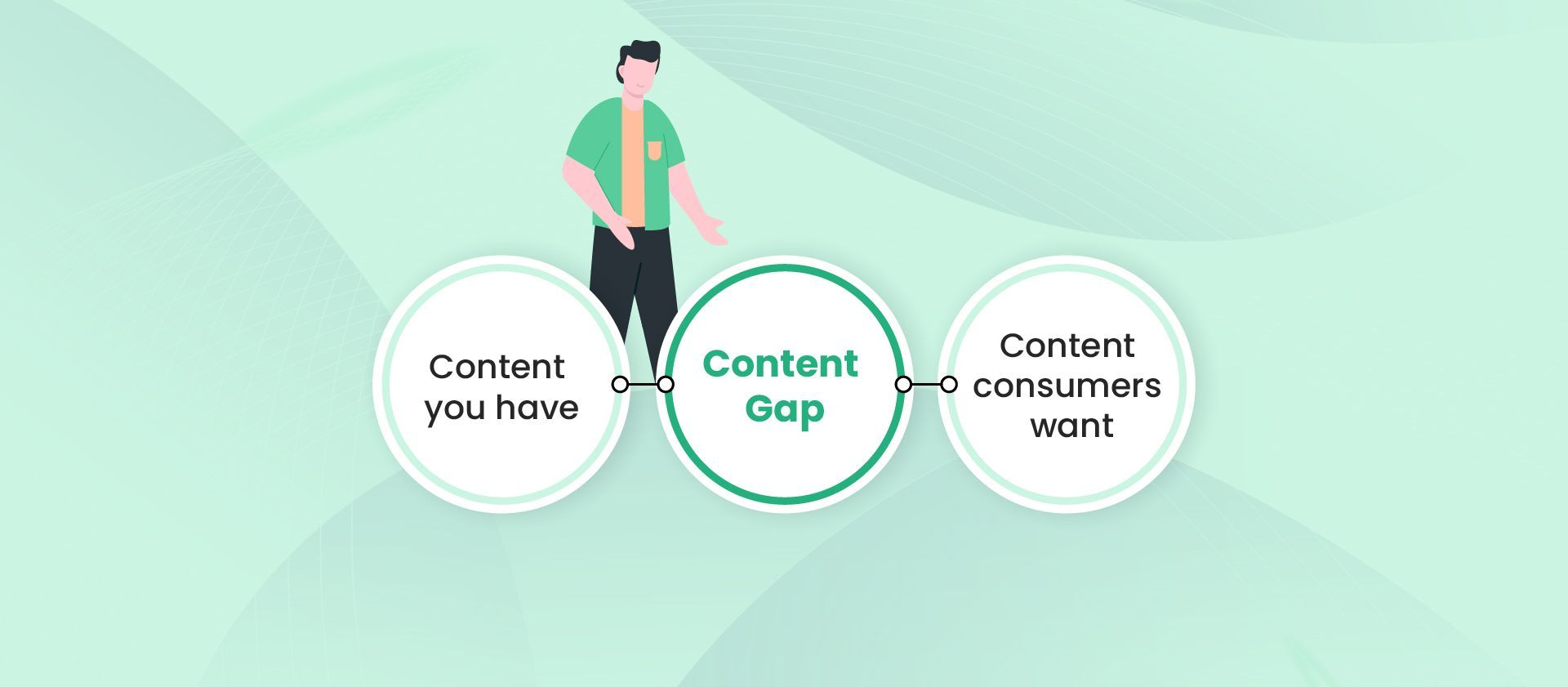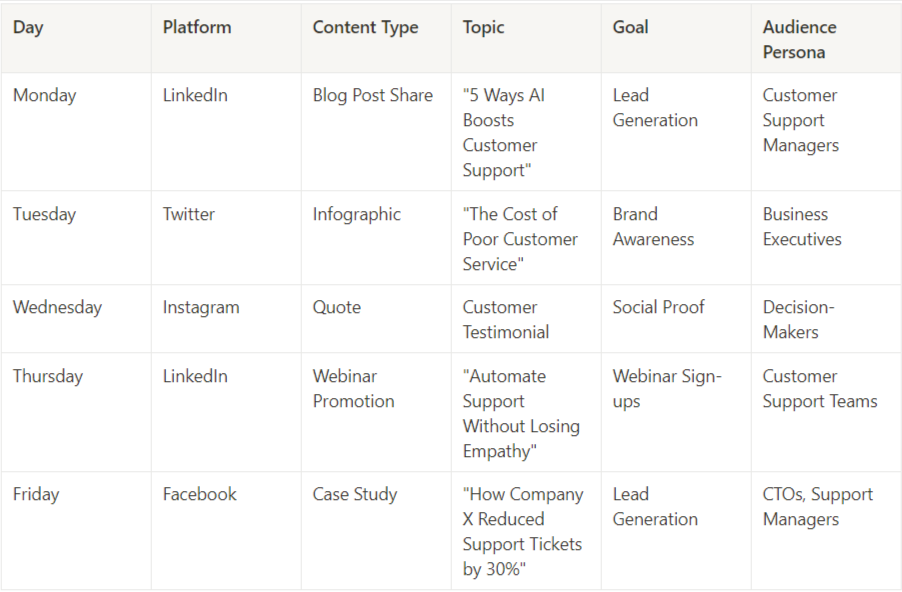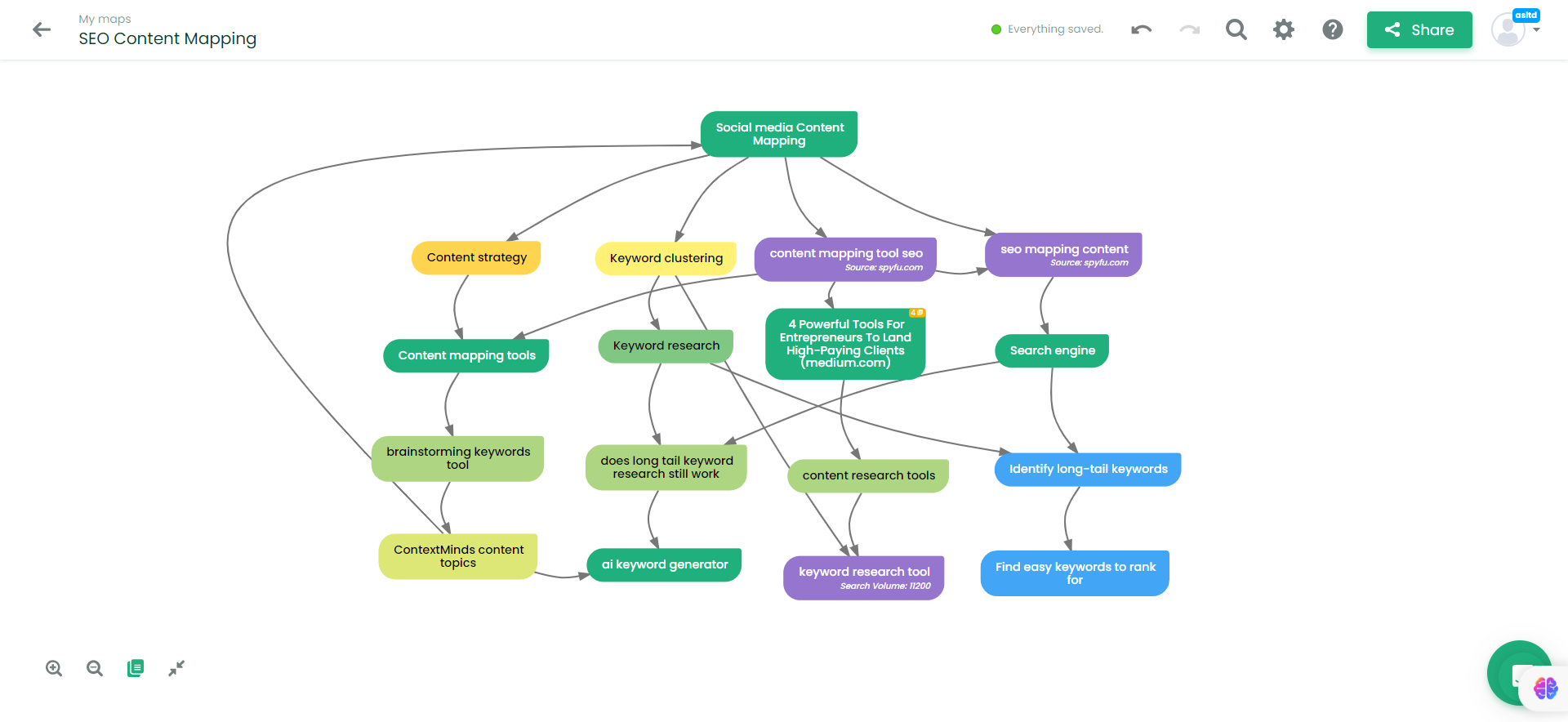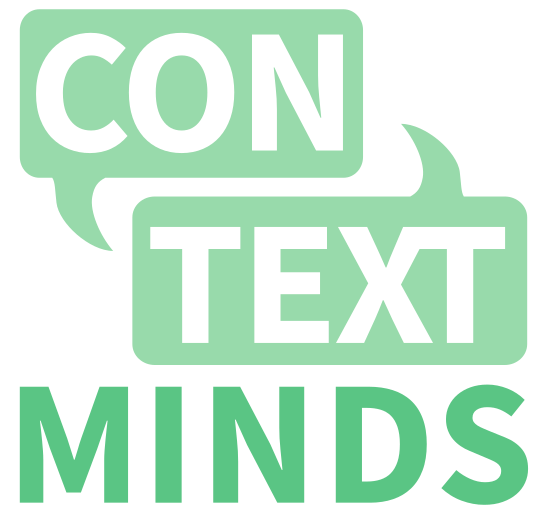From Chaos to Consistency: Designing a Social Media Content Map for Your Brand
Social media is a game-changer for brands looking to make a mark. It's where your audience gathers and where your brand can engage with them. But here's the hitch: maintaining a consistent look and message across social media platforms is like juggling balls while riding a unicycle. Each platform has its own set of rules, and your audience expects to see the 'real you' wherever they interact with your brand.
Now, imagine having a map, a clear guide that helps you plan out what to say, how to say it, and when to say it across all your social media channels. That's what a social media content map is—a valuable tool for marketers that ensures your brand shines bright and true, regardless of where your audience encounters it. It helps in removing the guesswork, allowing you to focus on creating content that resonates and engages, all while staying true to your brand's identity. It's about making your life easier while strengthening your brand on social media.
So, buckle up as we delve into this blog, where we'll walk you through the essence of designing a Social Media Content Map to champion brand consistency.
What is a Social Media Content Map?
Think of a social media content map as your brand's game plan for social media. It's a visual chart or diagram that helps you lay out what you're going to post across different social media platforms over a period of time.

At its core, it's about organizing your social media activities in a way that makes sense and helps your brand stay on message. It reflects your brand's voice, topics, and the type of content (like videos, images, or blogs) you'll share. So, whether you are announcing a new product on Facebook, sharing a fun behind-the-scenes video on Instagram, or posting a thought-leadership article on LinkedIn, your social media content map is the master plan, ensuring everything ties back to your brand's goals and identity.
With a well-crafted social media content map, you are not just throwing content into the social media void and hoping something sticks. Instead, you are posting with a purpose, with a clear understanding of how each post supports your brand and engages your audience.
Why is a Social Media Content Map crucial for Brand Consistency?
A social media content map is not just a tool; it is also strategic asset for maintaining brand consistency in the often turbulent waters of social media. Here are some benefits of having a well-crafted content map:
Clear Vision:
A social media content map lays down a clear visual pathway for your brand's narrative on social media. It's like having a storyboard where you can see how your brand's story unfolds across different platforms.
This clarity is crucial as it ensures that all your content, whether it's a tweet, a Facebook post, or an Instagram story, aligns seamlessly with your brand's established voice, tone, and messaging. This uniformity reinforces your brand identity, making it recognizable and relatable to your audience.
Consistent Messaging:
The essence of brand consistency lies in delivering a uniform message, regardless of the platform. A social media content map is your playbook for ensuring that your brand's core message remains undiluted and consistent across all social media channels. This consistency cultivates a strong, reliable, and trustworthy image of your brand among your audience. It ensures that your brand's values and messages are communicated accurately, fostering a deeper connection with your audience.
Enhanced Organization:
Organizing your social media posts in a visual map is like having a well-labeled filing cabinet for your content. It allows you to plan, schedule, and manage posts efficiently, ensuring a continuous flow of on-brand content. This organization is essential for timely engagement with your audience and ensures that your social media channels remain active, engaging, and reflective of your brand's ethos.
Effective Resource Utilization:
By visualizing your social media strategy, a content map helps identify where your efforts and resources should be focused. It delineates the high-impact areas, enabling you to allocate resources more effectively. Whether it's deciding which platforms to focus on or which topics to cover, having a visual representation helps in making informed decisions, ensuring that every ounce of effort contributes to reinforcing your brand identity and reaching your target audience.
Adaptability:
The digital realm is ever-evolving, and adaptability is key to staying relevant. A social media content map provides a flexible framework that can be easily tweaked to accommodate new market trends, audience preferences, or brand strategies. This adaptability ensures that your social media presence remains aligned with your brand values, even as you evolve to meet the changing landscape.
Collaboration:
A shared vision is pivotal for collaborative success. A social media content map serves as a common ground where team members can align their efforts. Whether it's content creation, scheduling, or analysis, having a unified vision of the brand's social media strategy fosters better coordination and collaboration among team members, ensuring a coherent brand representation across all platforms.
Real-time Adjustments:
A social media content map isn't a set-in-stone plan but a living document. It allows for real-time adjustments based on market feedback or performance analytics. This agility in tweaking your social media strategy ensures that your brand remains consistent, relevant, and engaging in the dynamic social media environment.
How to Create a Social Media Content Map for Brand Consistency
1. Understanding Your Brand:
This stage is about laying a solid foundation upon which your social media content map will be built. It's about ensuring that your brand's personality shines through consistently, no matter the platform, and resonates with the right set of audiences.
It begins with a deep dive into understanding your brand. It's about defining the unique voice, style, and core message that sets your brand apart. Imagine your brand as a person; how would it talk? What would it talk about? What's its personality like? Answering these questions will help you carve out a distinct brand identity.
Let's put ourselves in the shoes of a B2B SaaS company that offers automated customer support solutions. We'll craft a one-week social media content map focused on driving brand awareness and lead generation.
Social Media Content Map

Next up is to identify your target audience and the platforms they frequently visit. It's about knowing who you are talking to and where to find them. Are they professionals networking on LinkedIn or young adults scrolling through Instagram? Understanding your audience's demographics, preferences, and behaviors will inform your content strategy and help choose the right platforms to focus on.
Once you have a clear understanding of your brand and your audience, you are well on your way to creating a social media content map that enforces brand consistency effortlessly. Through every tweet, post, or share, your brand's voice remains unmistakable, fostering strong brand recognition and connection with your audience.
2. Content Ideation:
This phase is crucial as it sets the stage for what your brand will communicate across social media platforms. It's about creating a blend of content that engages, informs, and resonates with your audience, all while staying true to your brand's essence. With a well-thought-out content ideation process, you're setting the stage for a social media content map that's both compelling and consistent.
Start by brainstorming different content ideas that will resonate with your audience and reflect your brand's identity. It could be anything from blog posts, infographics, videos to podcasts. The sky's the limit. This stage is about letting your creativity flow but always within the bounds of your brand's voice and message.
Here's where tools like ContextMinds come into play. ContextMinds is your digital brainstorming buddy, helping you come up with content ideas, find the right keywords, and research topics that align with your brand.
It's like having a co-pilot in your content ideation journey, offering you a treasure trove of ideas and insights, making the process easier and more effective. With ContextMinds, you can explore a myriad of topics and keywords, all while ensuring that they tie back to your brand's core message and appeal to your target audience.
3. Organizing Content
Organizing your content involves creating a structured and easily navigable roadmap for your social media journey. It ensures that your brand's message remains coherent and consistent across all platforms.
Creating a visual map is an effective way to achieve this. A visual map is like your content canvas, showcasing how your ideas interlink and spread across different social media platforms over time.

ContextMinds can be your go-to tool for this task. It allows you to create a visual map of your content strategy, showcasing your posts, keywords, and topics in an intuitive way. It provides a bird's eye view of your content landscape, giving you a clear picture of what's planned and where there's room for more.
4. Scheduling Content:
Scheduling content is like orchestrating a symphony, where each post hits the social media stage at the right time to capture the audience's attention. It's a strategic step towards ensuring that your brand's message reaches your target audience and resonates with them.
Planning when to post involves identifying the optimal times when your audience is most active, while deciding where to post entails choosing the platforms that best suit the nature of your content and where your target audience spends their time. A well-thought-out schedule ensures your content gets the visibility and engagement it deserves.
Here's where the power of analytics comes into play. Utilizing analytics can significantly optimize your posting schedule. It's about understanding which times and platforms yield the most engagement and adjusting your schedule accordingly.
For instance, if your analytics show that your audience is most active on Instagram during weekday evenings, that's when you'd want to schedule your Instagram posts. It's about aligning your posting schedule with user behavior to maximize your impact.
5. Optimizing:
Optimization is about being in tune with the reactions and interactions your content generates and being willing to make informed adjustments to your content map. It ensures that your social media strategy remains effective, engaging, and aligned with your brand's goals over time.
It's like having a feedback loop that tells you what's working and what's not. You might discover that certain types of content resonate better with your audience or that some topics spark more engagement than others.
For instance, if you find that your industry insights content drives more engagement on LinkedIn, you might beef up your LinkedIn content strategy within your map.
This iterative process of optimizing your content map based on insights keeps your brand's social media presence consistent and resonant with your audience.
Wrapping up,
Creating a social media content map is like embarking on a journey—from getting to know your brand better to analyzing your content's performance. And at the end of this journey, you will have a strong and consistent brand image across all social media platforms.
ContextMinds is like your helpful friend on this journey. It makes each step—from thinking of content ideas to organizing and analyzing them—easier and smarter.
Now it's your turn to start this journey. With ContextMinds, you have an intelligent tool that simplifies the process of creating a social media content map.

Useful links
Contact info
+420 607 881 942
info@contextminds.com
ContextMinds s.r.o
Blanická 922/25, Prague, Czechia
All Rights Reserved | EMC Engineering, s.r.o.









